|
The Garfagnana is unquestionably beautiful. It’s rugged mountains cloaked with green forests set it apart from the Tuscany of Chianti to the south and the Po Plain of Emilia over the Apennine Mountains to the east. But I could never understand what use it could possibly have been to the Dukes of Ferrara, the Este family. In 1429 Nicolò d’Este annexed the Garfagnana to his realm and for almost four centuries the Garfagnana remained under the Dukes, who defended it against the republics of Lucca and Florence. I searched the internet; I asked my city guide in Ferrara. It seemed never to have occurred to anyone to wonder why. Today I went to the Sagra della Minestrella di Gallicano. Minestrella is a soup of wild herbs and beans made only in Gallicano, a town of fewer than 4,000 people. Today it is the southernmost town in the Garfagnana. When the Garfagnana was under the rule of the Dukes of Este, Gallicano was the northernmost Lucchese stronghold (apart from the even smaller town of Castiglione di Garfagnana). Directly across the river in Barga the Florentines held sway. Surrounded by strong neighbours, Gallicano went its own culinary way. The plan of the day included an introduction to wild edible herbs, a walk (in the rain — not planned) identifying the edible herbs along the path to the Antica Trattoria dell’Eremita (Old Restaurant of the Hermitage), where we not only feasted on the legendary minestrella, but numerous other traditional dishes illustrating the use of wild herbs, not omitting the focaccia leva, a flatbread unique to Gallicano. The conversation turned time and again to the detailed history of the region and the extent to which it influenced agriculture and culinary tradition. Everyone seemed to be well versed in the history of the place. It was the symbolic and often the actual basis of their ownership of the land. I talked to Cesare, who had organised the event, about taking my clients to forage for edible herbs and use them to prepare a meal. He was agreeable, but cautioned that the activity wasn’t to be just about the identification of the plants, their recipes and flavours; it had to include their cultural history, what they meant to the families who ate them. Ivo Poli, who had given the lecture on the wild plants, gave me a lift back to my car. He lives in the next town north of Gallicano and had always been a Garfagnino (citizen of the Garfagnana). I asked him the question that had teased me for so long. It’s easy, he said, ‘We had the petroleum of the Renaissance: charcoal.’ I’d walked in the tree-covered mountains; I’d seen a charcoal burner at work; I’d watched the blacksmith Carlo Galgani beating iron in his charcoal fire; I’d been to a village that produced nothing but nails; but I’d lacked the historical glue to put them together. Far more important than nails and horseshoes, every ruler needed charcoal to smelt iron to make arms to defend his borders and subdue new territories. The village streets lined with grand houses with imposing doorways suddenly make sense as residences of the oil barons of their day.
0 Comments
Your comment will be posted after it is approved.
Leave a Reply. |
Email Subscription
Click to subscribe to this blog and receive notifications of new posts by email. AuthorErica Jarman Categories
All
Archives
October 2023
|
|
copyright 2017 sapori-e-saperi.com | all rights reserved
|
Website by Reata Strickland Design


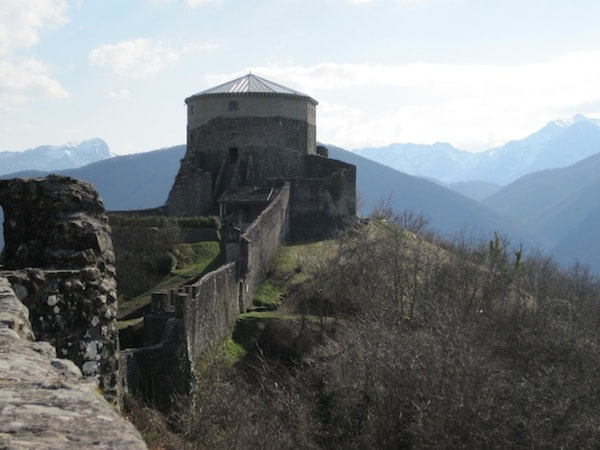
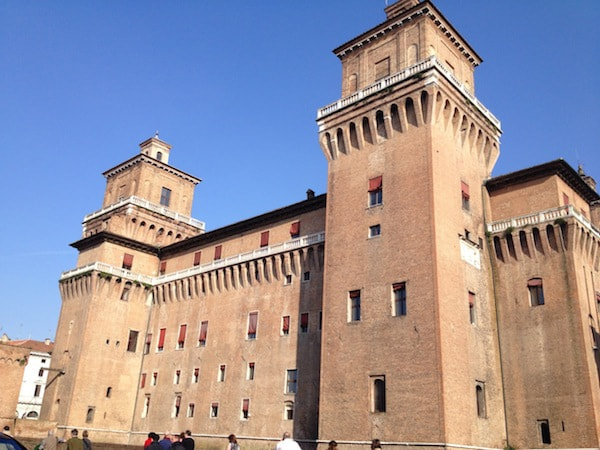
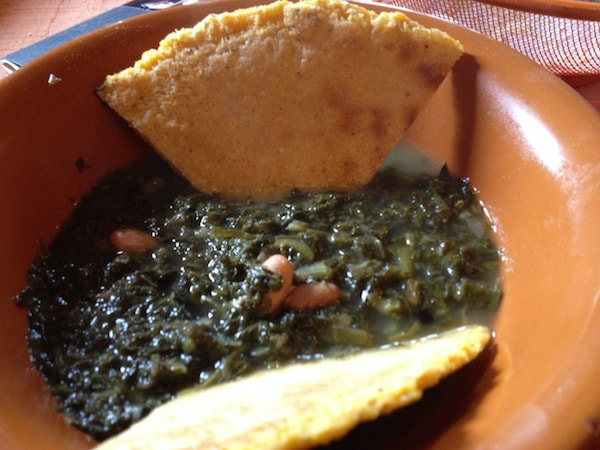
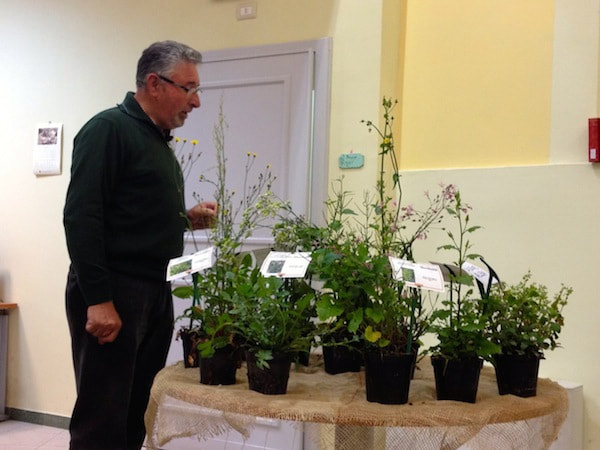
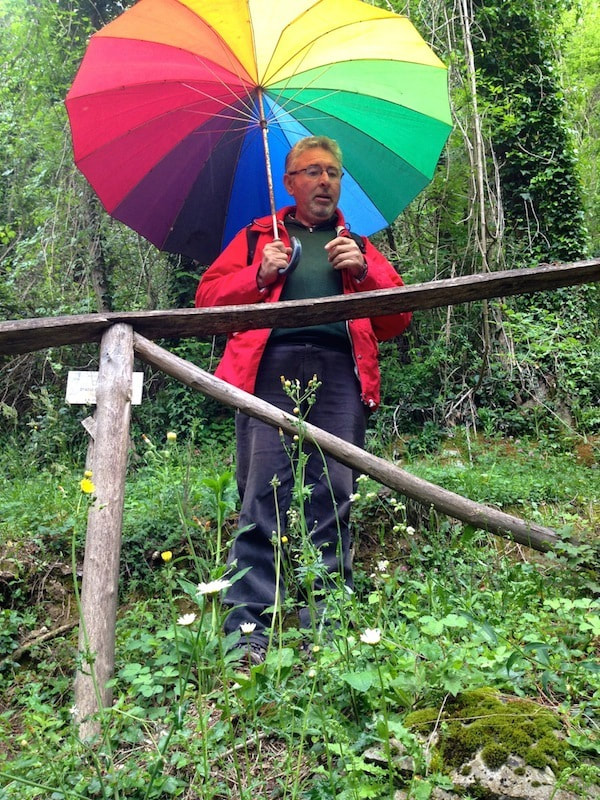
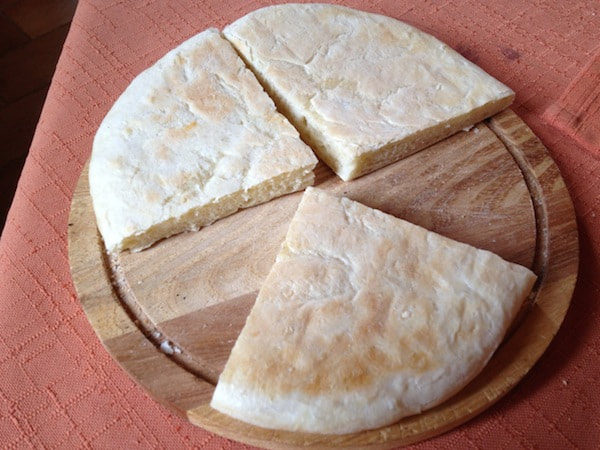
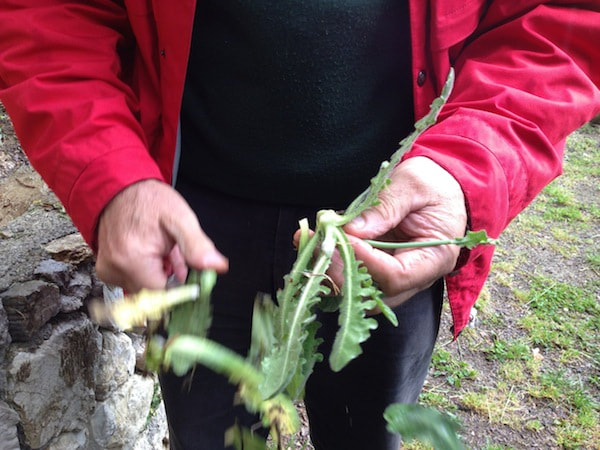
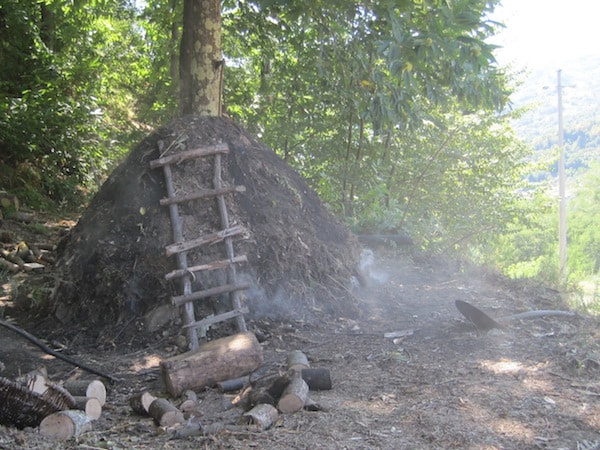
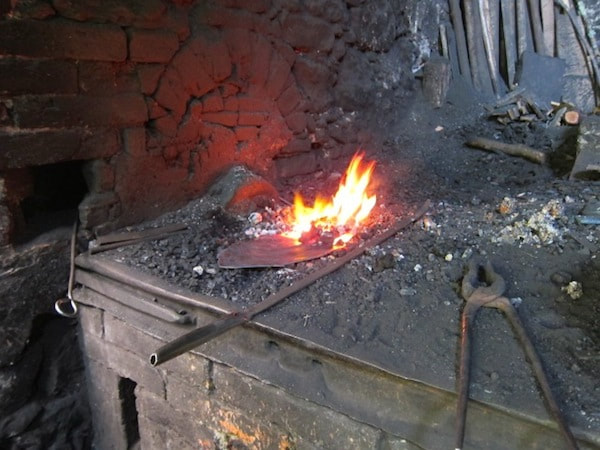
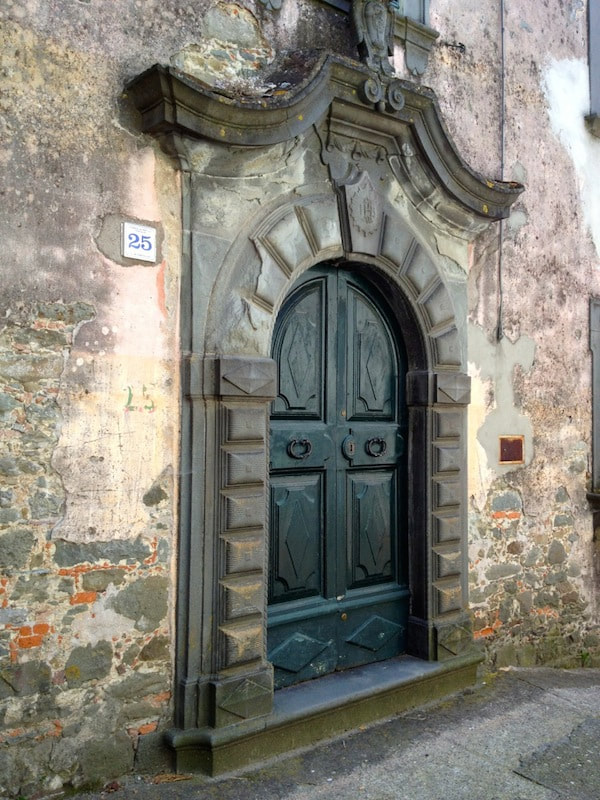
 RSS Feed
RSS Feed



